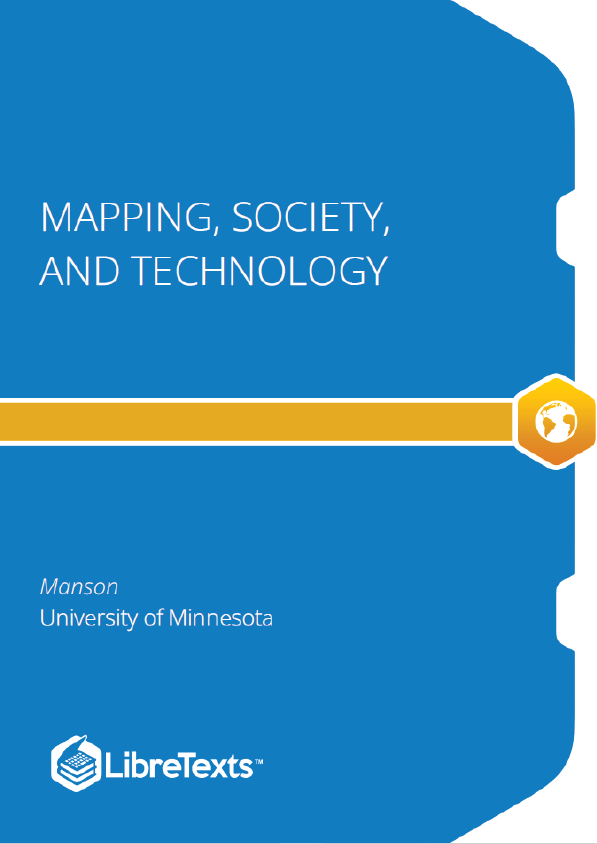People have long used maps, from scratching their worldview on clay tablets thousands of years ago to people today creating sophisticated web-based maps to change their societies. Alongside nanotechnology and biotechnology, the White House touts mapping as one of the three most important industries of the 21 century, and one that accounts annually for a trillion dollars of economic activity. Mapping is an essential form of inquiry across the arts, humanities, and sciences that uses geospatial technologies to gather data on people and places. Mapping technologies—ranging from the earliest forms of drawing on clay tablets to modern satellite imaging and sharing information on web-based social networks—spring from and play out in a social context, exemplifying the interplay of society and technology.
This book is about how to read, use, and create maps. Our exploration of maps will be informed by a contextual understanding of how maps reflect the relationship between society and technology, and how mapping is an essential form of scientific and artistic inquiry. We will also explore how mapping is used to address a variety of societal issues, such as land use planning and political gerrymandering to selling yoghurt. You will gain insight into the technical underpinnings of mapping as a science approach, complement on-going interest and activities, or provide an applied focus for research or policy.
This chapter will introduce you to:
- Basic social and technical elements of maps
- A very short history of mapping
- Mapping and liberal education
By the end of this chapter, you should be able to identify basic characteristics of mapping, its history, and important ways that mapping, society, and technology interact.
The history of mapping is long, rich, and complicated. There are hundreds, if not thousands, of books on the history of mapping and maps. Here, we look at a very general outline; note that we are only looking at a few representations, and are focusing primarily on European and North American maps. There are long histories of mapmaking in most regions of the globe. In thinking about maps, it helps to distinguish between literal maps, which were meant to show actual things and places, and figurative maps, which show conceptual or imagined places.
Early Maps (25000 BCE+). People have probably been scratching maps into dirt with sticks for longer than they have been using words. The figure below shows a few maps made in around 600 BCE (Before Common Era) that traces relationships between cities and mythical places and ideas.











